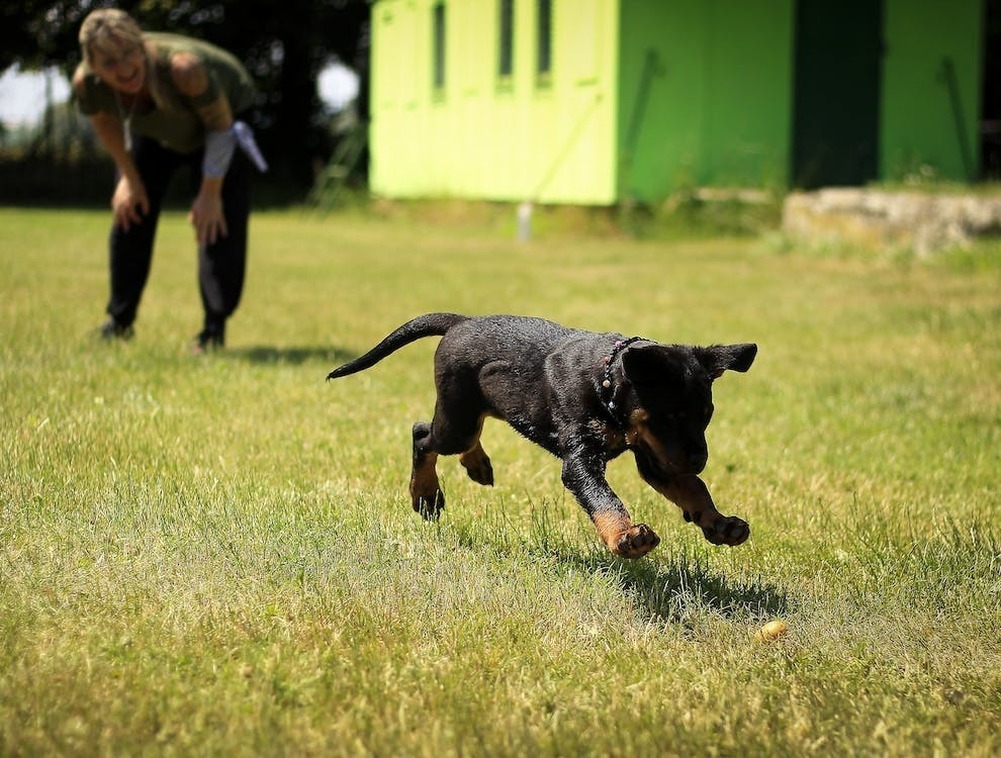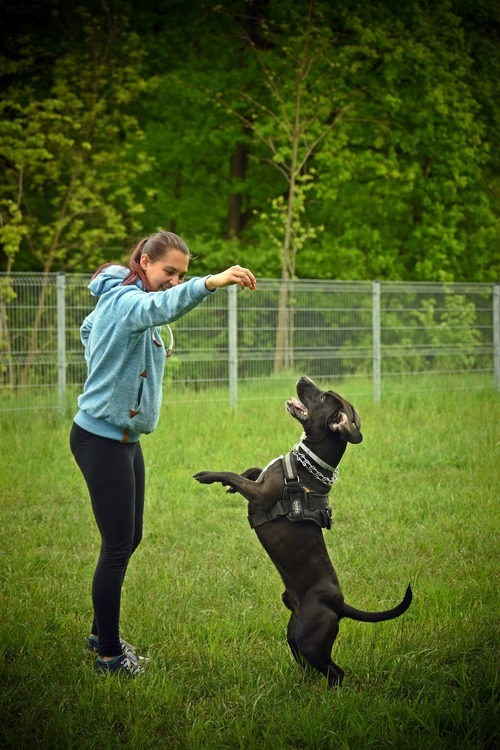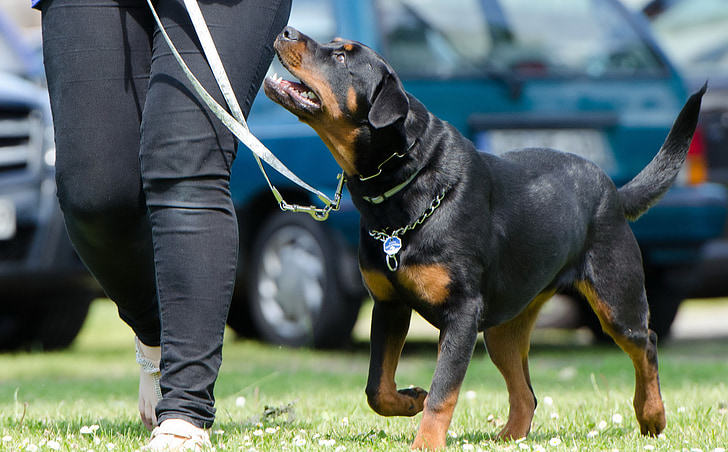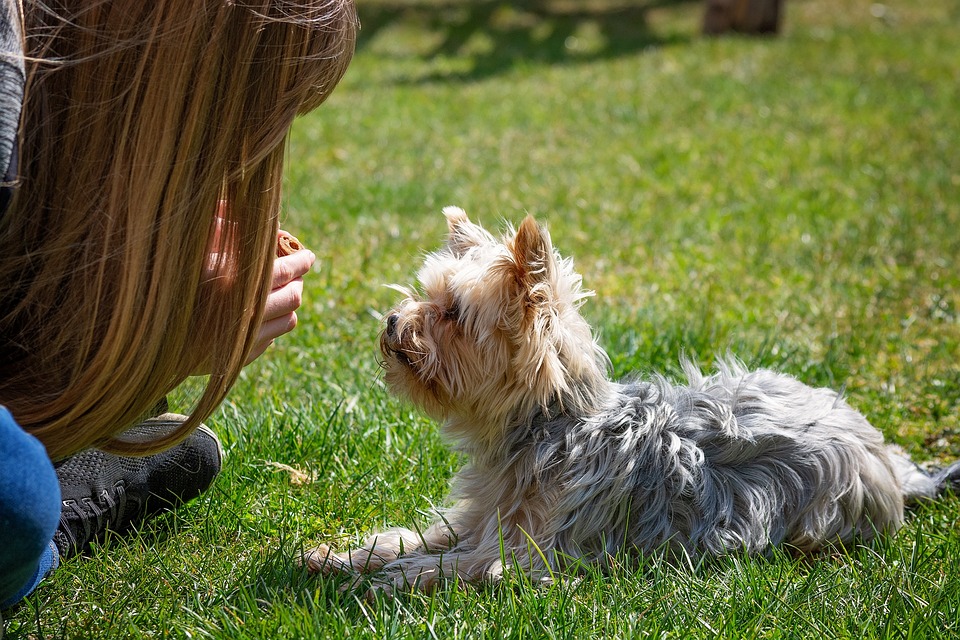Incorporating Dog Training Into Your Fitness Routine
As somebody who enjoys working out, but equally, wants to spend time with your dog, it can be difficult to find the time for both activities. However, there is a way of reaching your fitness goal, while also strengthening your bond with your furry friend. For example, if you prefer cardiovascular exercise, then your dog will enjoy running just as much as you do. At the same time, you can teach your pet to stay at heel while running.
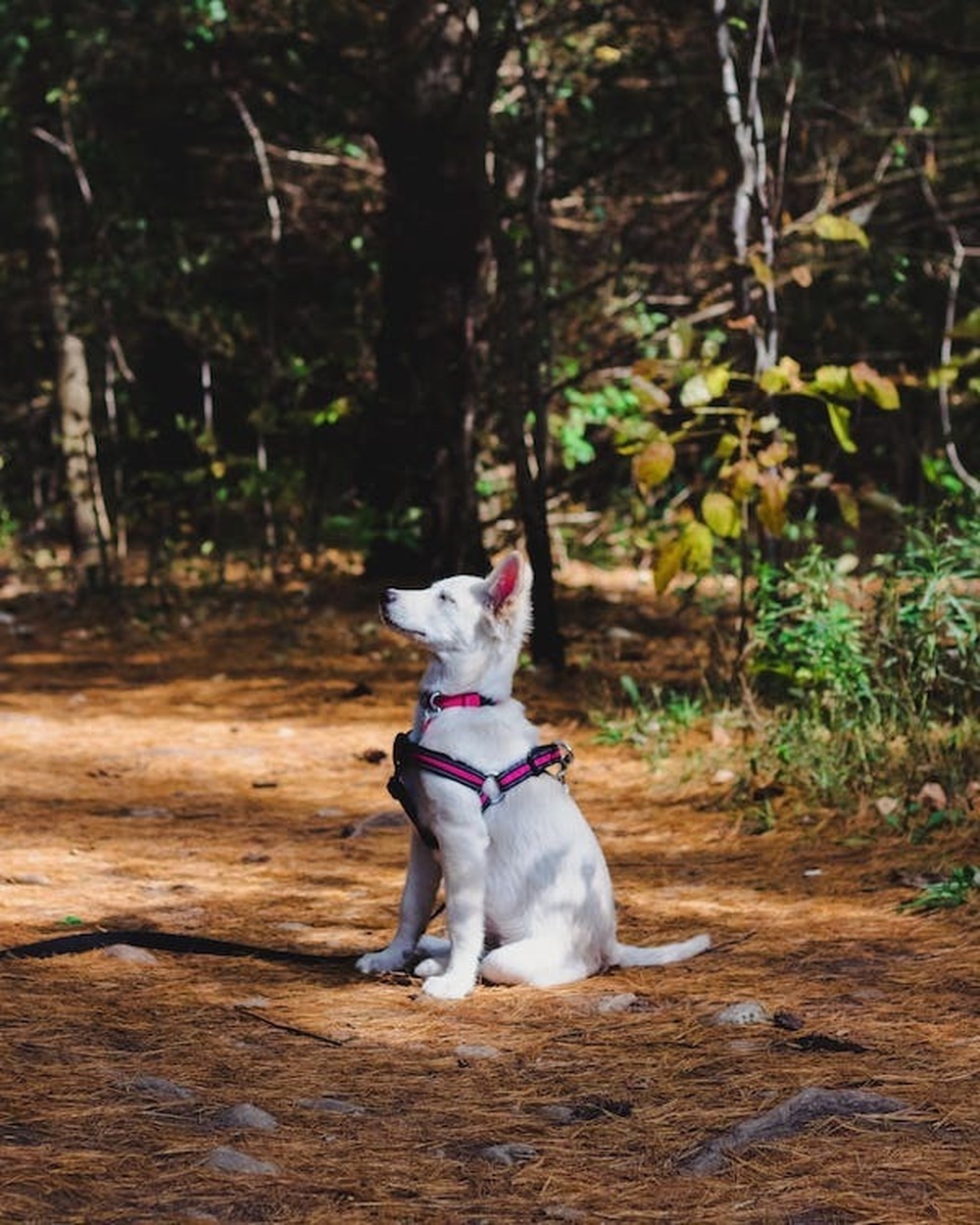
Staying Comfortable When Training
If you plan on incorporating working out with your dog training, then purchasing gym clothing from Aim’n would ensure you stay cool and comfortable. Their online store has a fantastic range of items, such as seamless leggings that won’t chafe as you spend quality time with your pet. The gym clothing at Aim’n is manufactured from the highest quality fabric and many items have moisture wicking properties.
One essential you need for dog training is a selection of treats as rewards. Look for gym clothing clothing at Aim’n that has useful pockets to store your dog leash and treats. Combining working out and dog training provides mental stimulation and physical activity for both you and your canine companion.
Leggings for Dog Training: Why They’re a Perfect Choice for Active Pet Owners
As a pet owner, dog training is essential to ensuring your dog is well-behaved and responsive to your commands. During training, you want to ensure your pet is comfortable and secure, which also applies to your gear.
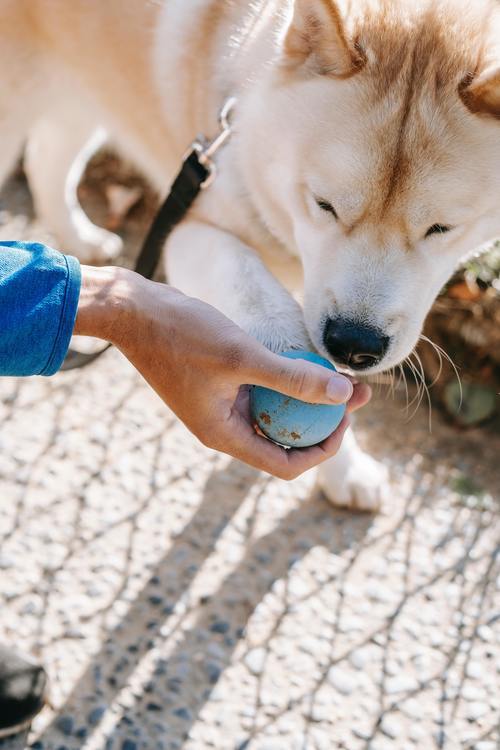
Importance of Choosing the Right Gear for Dog Training
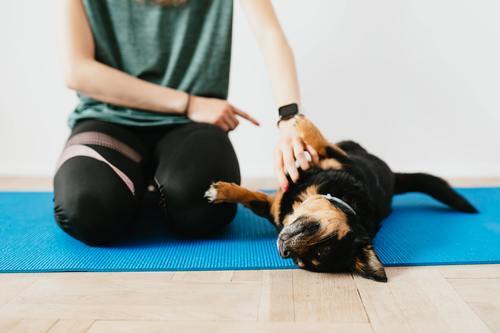
Your dog training gear should be comfortable, flexible, and supportive. Leggings are popular for dog training as they offer these features and allow for freedom of movement while engaging in physical activity. They are also moisture-wicking, making them suitable for outdoor activities during any weather conditions.
Types of Leggings Suitable for Dog Training
It would help to consider the fit and material when selecting leggings for dog training. Aim’n workout leggings are designed to provide compression, support, and a flexible fit, making them ideal for dog training. Workout leggings Aim’n are available in different lengths and styles, including high-waisted and pocketed leggings, providing options to suit individual preferences. Compression gear may not directly improve performance, but it can help reduce the chance of injury and aid in post-exercise recovery by boosting circulation, removing muscle metabolites, and reducing swelling.
Other Accessories and Gear
In addition to leggings, there are other accessories and gear that are essential for dog training. These include collars and leashes, treats and toys, harnesses, and muzzles. Training vests and jackets are also useful for pet owners who train outdoors, especially during colder weather.
Safety Gear for Handlers
Pet owners should also consider safety gear for themselves during dog training. Gloves, safety glasses, and comfortable shoes are essential, especially for handlers who engage in aggressive dog training. A first aid kit is also necessary for emergencies during training.
Conclusion
Choosing the right gear for dog training is crucial for a successful training experience. Workout leggings from Aim’n are excellent dog training accessories, providing comfort, support, and flexibility during physical activities.
How Long Do Dog Training Sessions Last?
The length of dog training sessions depends on the dog’s temperament, age, and level of training. Puppies have shorter attention spans hence their sessions are shorter than for adult dogs. A good rule of thumb is to keep an exercise brief and detailed. As you build upon previous lessons, increase the length and difficulty level. Your pooch needs time to develop physical and mental stamina. Don’t push him too far because they may lose interest.
Frequency of Training
How often to practice with your furry companion depends on the level of training and the type of dog. Repeat lessons and be consistent in commanding tasks. Note that different dogs learn at different paces, so some are quick to pick commands than others. Your relationship with the dog will play a major role in their behavior bot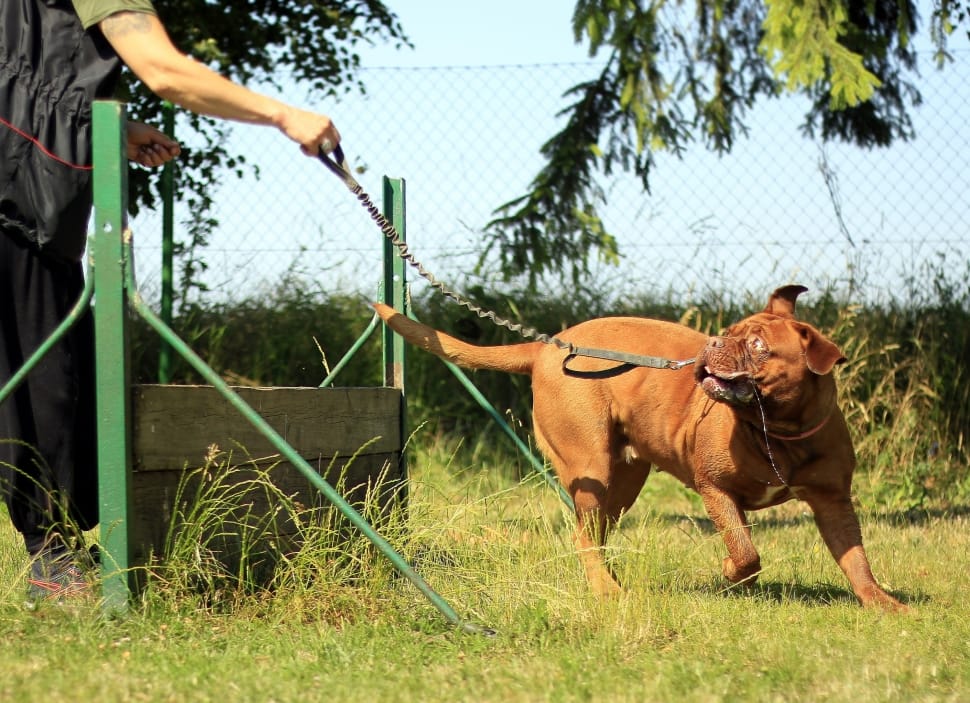 h at home and away. The ‘place’ command that teaches a hound to keep calm on their bed until they are released is a good practice to implement every day. The learned tricks becomes passive training once the dog masters it. It will require the dog to work on the holding position and impulse control, though it is not active training.
h at home and away. The ‘place’ command that teaches a hound to keep calm on their bed until they are released is a good practice to implement every day. The learned tricks becomes passive training once the dog masters it. It will require the dog to work on the holding position and impulse control, though it is not active training.
How to End Training Sessions
Every session must end on a positive note. Your puppy has been working hard to cooperate, so you must leave them with treats, praises, or an affectionate rub. This will make them eager to show up at the next training with a wagging tail and ready to tackle the task. Once the pup is old enough, consider neutering or spaying them to keep them more docile and less aggressive.
Things to Note Down During a Training Session
The first thing you must check is the dog’s behavior to know if they are getting it right. You must never praise a bad action as it will only confuse the pooch. Remember that pets live in the moment. After two minutes, they forget what had happened. That is why you must apply a technique right away to allow the puppy to see the connection between an action and its consequences. Repeated actions reinforce the lessons learned.
Discourage Biting and Nipping
Some people resort to scolding pets when they start biting things. Rather, discourage the action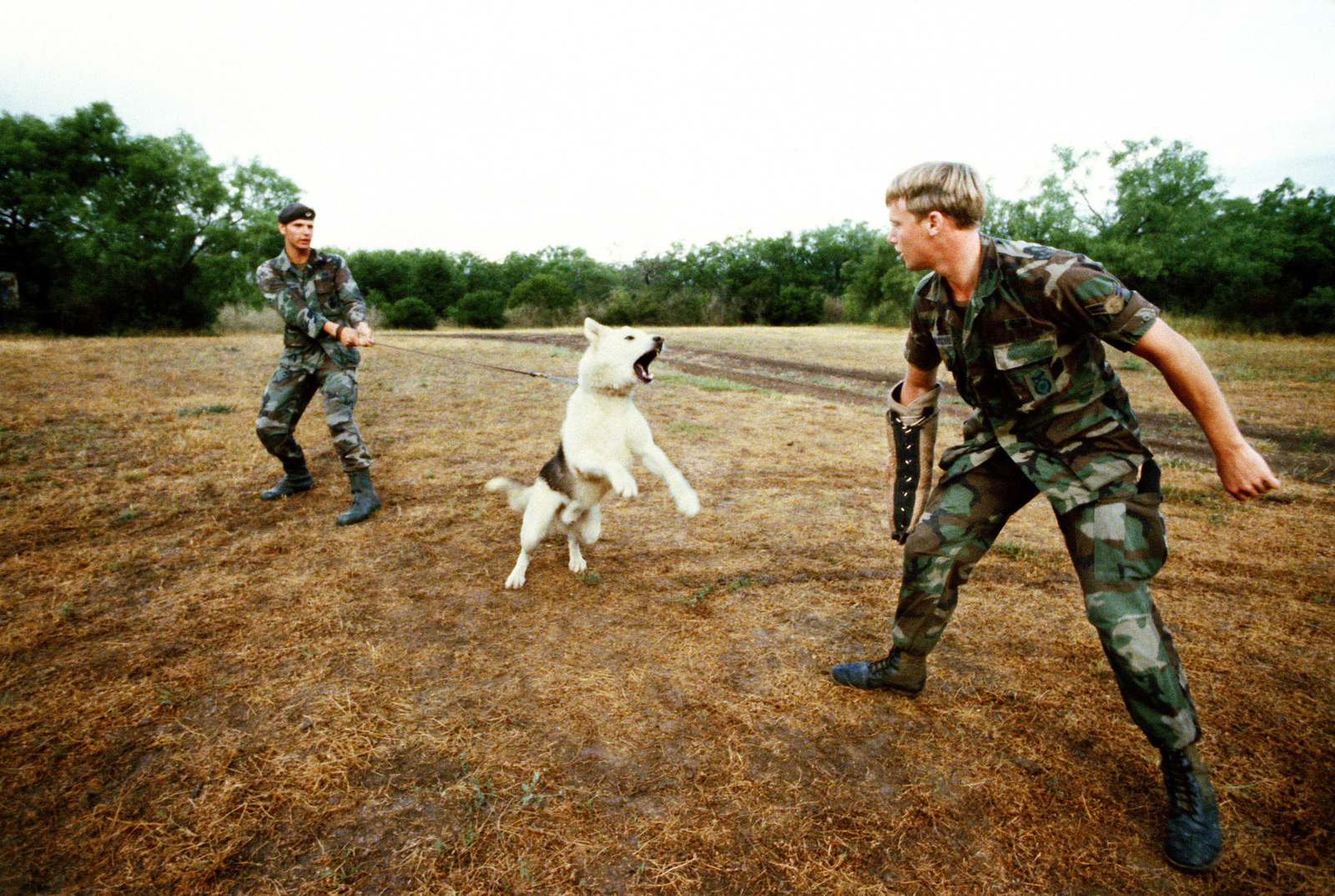 by pretending you are in pain whenever they nip or bite something. Yelling can work well, and you will be amazed at how fast a mouthy canine stops biting. When the verbal cues fail, try to exchange the chew toy with a pat to the leg or hand and they will respond positively.
by pretending you are in pain whenever they nip or bite something. Yelling can work well, and you will be amazed at how fast a mouthy canine stops biting. When the verbal cues fail, try to exchange the chew toy with a pat to the leg or hand and they will respond positively.
Say No to Jumping Immediately
Most pups jump up when greeted while older dogs have some naughty behaviors. If they jump in excitement, don’t reprimand but ignore them instead. They should settle down and then you can give positive reinforcement. Avoid at all costs patting dogs when they are in a jump-up position.

